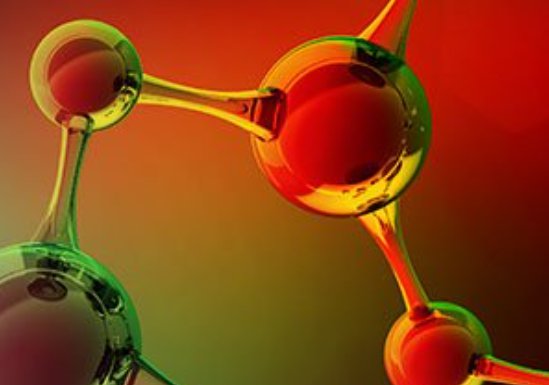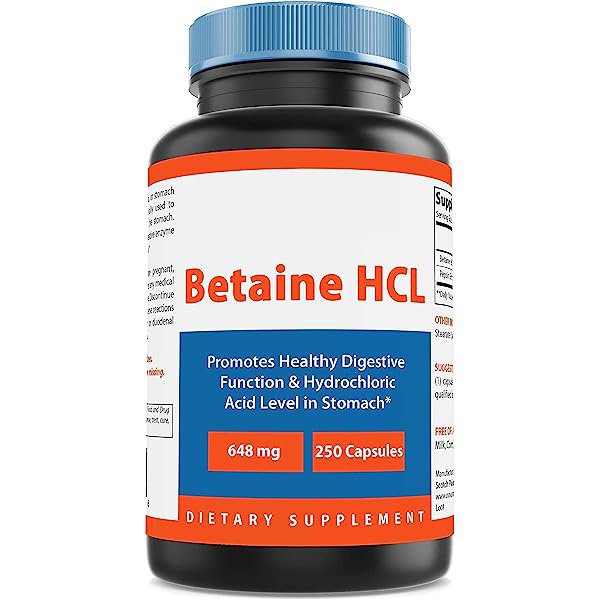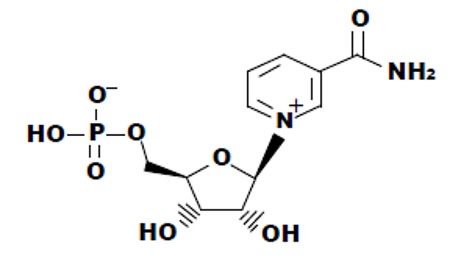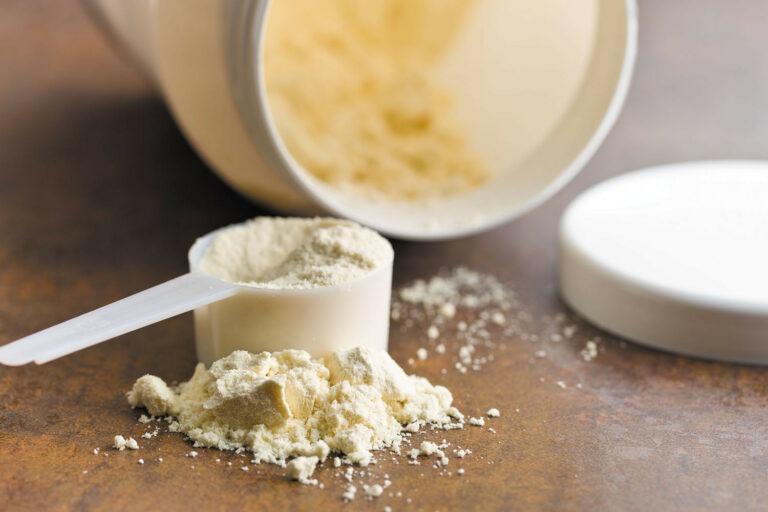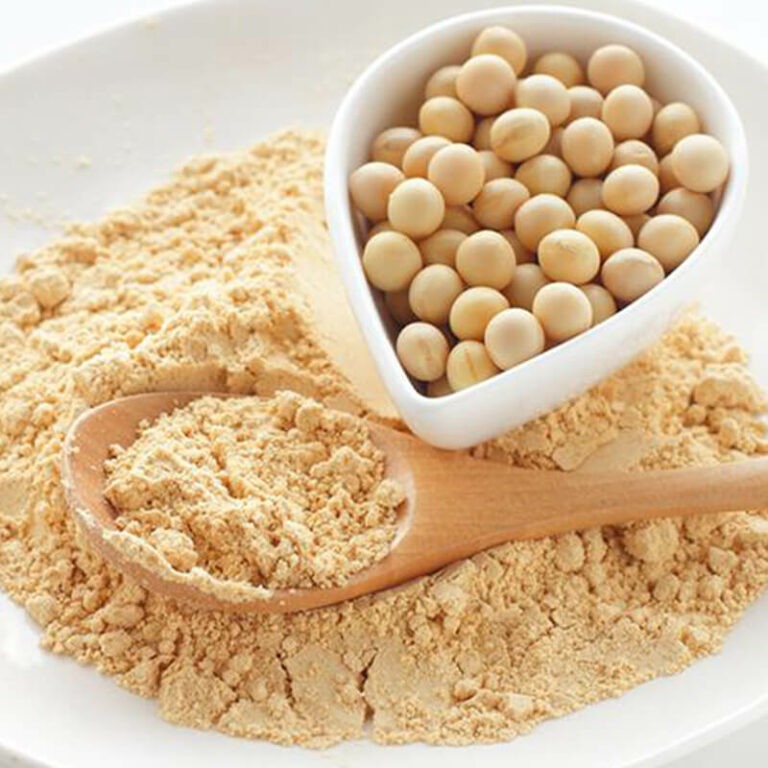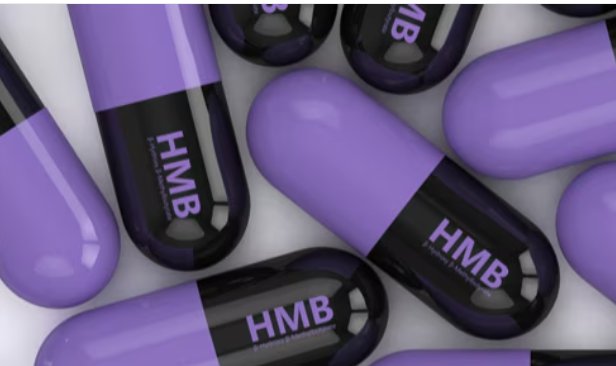From Beet Fields to Gym Floors – The Science of TMG for Athletes
INTRODUCTION: The Quest for the “Magic Pill” (And Why TMG…
INTRODUCTION: The Quest for the “Magic Pill” (And Why TMG Isn’t One… But Close)
Picture this: It’s 5 a.m., and Sarah, a triathlete, is chugging her pre-workout drink while scrolling through fitness forums. She’s exhausted from juggling training, work, and life—and honestly? She’s this close to believing the guy who swears snail mucin gives him superpowers. Sound familiar?
In the wild world of sports supplements, we’ve all been Sarah. From marathoners chasing PRs to weekend warriors chasing gains, we’re all hunting for that elusive “edge.” Enter Trimethylglycine (TMG)—a mouthful of a compound that’s been buzzing louder than a pre-race espresso shot. Found naturally in sugar beets and quinoa, TMG isn’t new, but its reputation as a performance Swiss Army knife is turning heads.
But let’s cut through the hype. Is TMG the real deal, or just another shiny object in the supplement aisle? Buckle up—we’re diving into the science, the stories, and the “should I?” of TMG.
THE MANY FACES OF TMG: More Than Just a Methyl Fairy Godmother
1. Methyl Donor: The Body’s Delivery Driver
TMG’s claim to fame? It’s a methyl donor—a fancy term for a molecule that hands off methyl groups (-CH3) like a UPS driver dropping off packages. These groups are critical for everything from DNA repair to detoxification. Think of methylation as your body’s backstage crew: you don’t see it, but the show falls apart without it.
Why athletes care: Methylation fuels processes like energy production and muscle recovery. Without it, you’re basically trying to drive a Ferrari with expired gas.
2. Homocysteine Buster: The Heart’s Wingman
Ever heard of homocysteine? High levels of this amino acid are like leaving dirty dishes in your sink—they’ll clog things up (in this case, your arteries). TMG swoops in, donates a methyl group, and converts homocysteine into methionine—a safer, more useful compound.
Real talk: A 2021 study in the Journal of Nutrition found TMG reduced homocysteine by 10% in athletes. Not a miracle, but for endurance junkies grinding their hearts daily? Worth a side-eye.
3. Liver’s Bodyguard: Booze, Burgers, and… Beets?
Your liver is the overworked janitor of your body, cleaning up after late-night pizza and post-race beers. TMG acts like a protective shield, especially against fatty liver disease. Research in Hepatology suggests it helps process fats and reduces oxidative stress—like giving your liver a spa day.
Personal anecdote: My powerlifter friend Mike swears TMG saved his bacon (literally) during his “bulking phase” of daily fast food. “Bloodwork came back cleaner than I deserved,” he laughs.
4. Osmolyte MVP: Hydration’s Secret Weapon
When your cells are stressed (think: dehydration, heat, or that soul-crushing HIIT class), TMG steps in as an osmolyte—a molecule that helps cells retain water and volume. It’s like giving your cells a hydration IV drip.
Pro tip: MMA fighters I’ve interviewed love TMG for sauna sessions. “I sweat buckets but don’t feel like a raisin afterward,” says one.
5. Strength & Power: The Creatine Connection?
Here’s where things get juicy. A 2020 study in the European Journal of Applied Physiology found TMG boosted bench press reps by 12% in trained lifters. How? Possibly by aiding creatine synthesis (TMG provides methyl groups to create creatine) or optimizing cell hydration for explosive moves.
But… Results vary. One CrossFit athlete told me, “TMG didn’t turn me into Thor, but my recovery’s way better.”
6. Mood Booster: The Happy Methyl Pathway
TMG’s role in methylation also ties into neurotransmitter production (serotonin, dopamine). A small 2019 pilot study found reduced anxiety in participants taking TMG.
Caveat: This isn’t Prozac in a pill. But if you’re a stressed athlete grinding through two-a-days, TMG might take the edge off.
FOR THE ATHLETES: TMG DOSAGE—A CHEAT SHEET (NO BRO-SCIENCE ALLOWED)
Let’s get practical. Dosing TMG isn’t one-size-fits-all, but here’s a breakdown even your gym buddy won’t mess up:
Typical Range: 1.25g–2.5g Daily
- Newbies: Start with 1.25g (½ tsp) daily. Split into two doses if your stomach’s sensitive.
- Veterans: Up to 2.5g. Powerlifters I know pop 1.25g pre-workout and another post.
Loading Phase: Go Big(ish) for a Week
Some protocols suggest 5g daily for 7 days to “prime” your system, then drop to 2.5g. My take? Only try this if you’re cool with potential stomach grumbles.
Timing Is (Almost) Everything
- Pre-Workout: Take 30–60 mins before training for cell hydration perks.
- Split Doses: Morning and night avoids energy crashes.
Food = Your Friend
Pair TMG with a snack—even a banana—to dodge nausea. Trust me, dry-scooping this stuff is a one-way ticket to Regret City.
THE FINE PRINT: What TMG Won’t Fix
TMG isn’t a magic beans. Here’s the reality check:
- Genetics Matter: Some people are “methylation superstars”; others see zilch.
- Drug Interactions: On antidepressants or blood thinners? TMG might clash. Always consult a doc.
- It’s a Tool, Not a Hero: TMG works best with sleep, nutrition, and training. You can’t TMG your way out of a nacho-cheese diet.
CLOSING: Should You Join the TMG Club?
Look, I’m not here to sell you anything. But if you’re an athlete with:
- High-intensity training loads
- A family history of heart issues
- A liver that’s seen one too many tequila sunrises
…TMG might be worth a shot. Start low, track your energy/recovery, and for the love of gains, buy from reputable brands (look for NSF Certified for Sport if you’re competing).
And hey, if TMG doesn’t work? At least you didn’t fall for the snail mucin.
Disclaimer: This blog post is crafted for informational purposes and isn’t an endorsement of any supplements. Consultation with professionals is vital when making health or athletic decisions.


